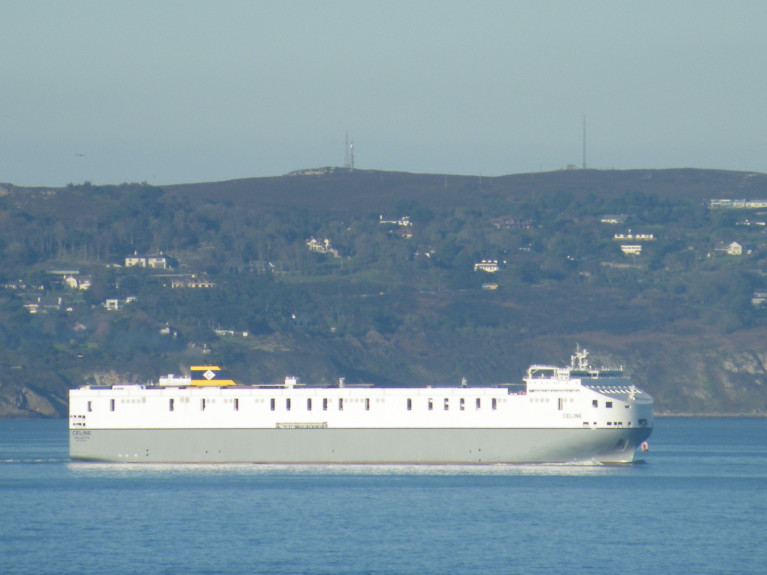Operator, CLdN Ro-Ro S.A. of Luxembourg, has signed a contract for two hybrid 8,000 lane meter ro-ro vessels with South Korean shipyard Hyundai Mipo Dockyards.
The order signed on 1 February, forms part of CLdN’s long term growth plans and further strengthens its current role as greenest ro-ro operator in North-Western Europe. Both vessels will be delivered in the first half of 2025.
After the delivery of the new 5,000 lane meter LNG vessel Faustine at the end of last year and the expected delivery of her sister Seraphine later this month, CLdN has now placed an order or for two new super-efficient 8,000 lane meter vessels with a technologically advanced propulsion train.
The order represents the largest investment in CLdN’s history and is a result of two years of intense engineering and development together with Hyundai Mipo Dockyard.
The new vessels, cargo wise, are modelled on the two 8,000 lane meter ships M/V Celine (christening ceremony as Afloat reported) and M/V Delphine which CLdN operates since 2017.
These two ships still hold the enviable title as the largest short sea RoRo vessels operating in the world today, having a proven track record and delivering reliability with unparalleled flexibility for customers cargoes.


























































